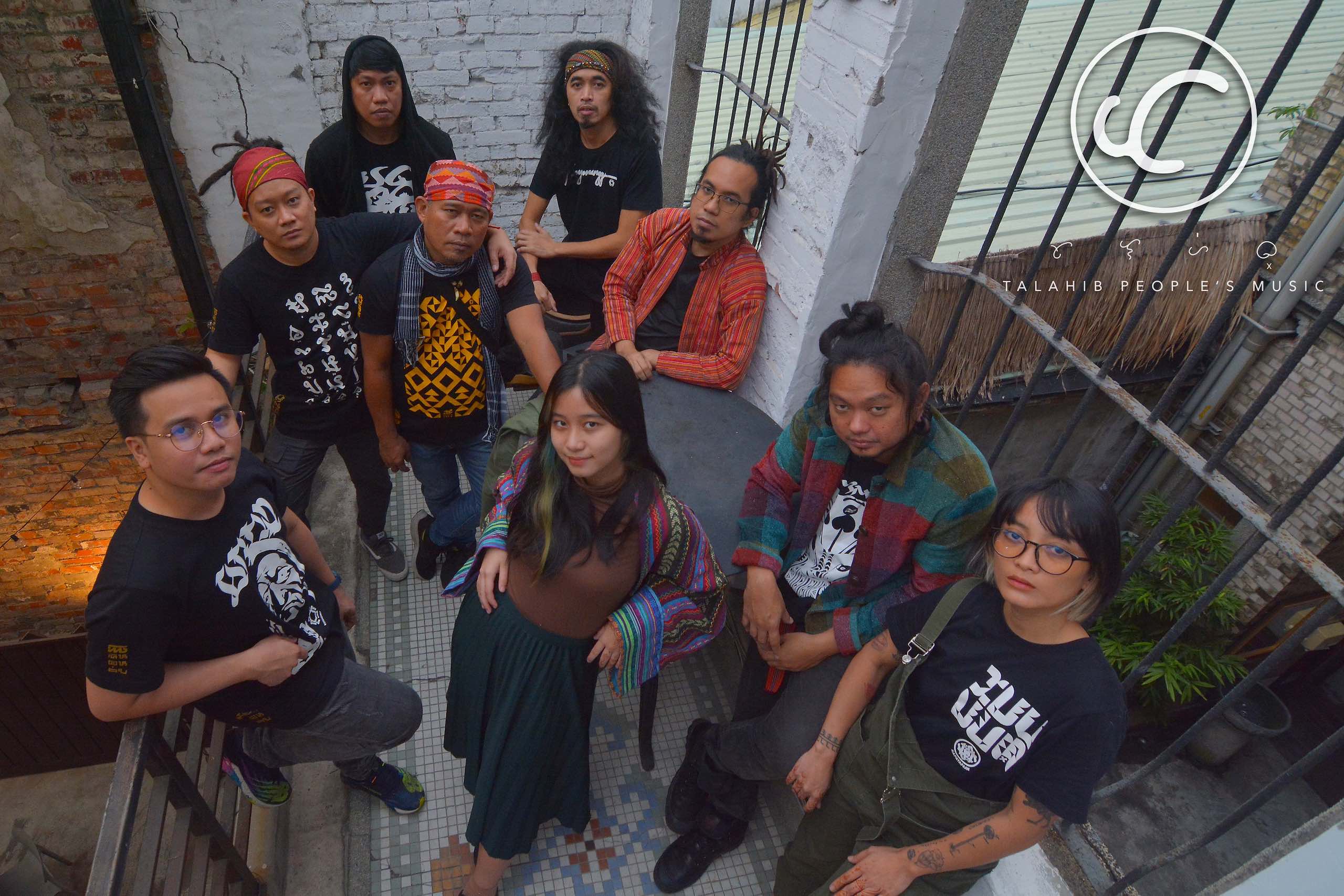
Talahib People’s Music (草民大樂隊) is a nine-piece Filipino world music band that recently showcased their repertoire at the Migrants in Kaohsiung (#MIKstyle) Music Festival, the third Taiwan festival they were a part of in 2022. The band blended the sound of Filipino Indigenous instruments with modern influences and delivered a captivating and inclusive performance at the landmark music festival celebrating migrants in Taiwan.
Formed in 2000, Talahib People’s Music has grown from an acoustic quartet covering political advocacy to becoming one of today’s most prominent world music bands in the Philippines and Southeast Asia.
With permission from the various indigenous groups they represent, the band incorporates traditional instruments from different parts of their country. These include the kuglung (boat lutes) from the Manobo tribe, hegelong (2-stringed lute) from the T’boli in the South, gangsa (gongs) from the northern side of the Philippines, among others. Their performances aim to voice the stories and struggles of their people and preserve their culture.
Tradition Meets Modernity
At the World Music Festival in Taipei last October, LJ Pasion (bassist) went around asking people how they define “world music.” For most people, including Talahib People’s Music members, it is “music rooted in the Indigenous instruments and culture of the place where one comes from.”
However, it’s not limited to just traditional music. Most contemporary world music artists actually mix modern elements into their sound, making it more palatable to the market. In this way, they can reach more people while putting a spotlight on Indigenous instruments and culture. Some of Talahib People’s Music’s favorite artists that have previously performed in Taiwan are Hey String from Korea (World Music Festival) and Alena Murang from Malaysia (Pasiwali Festival).
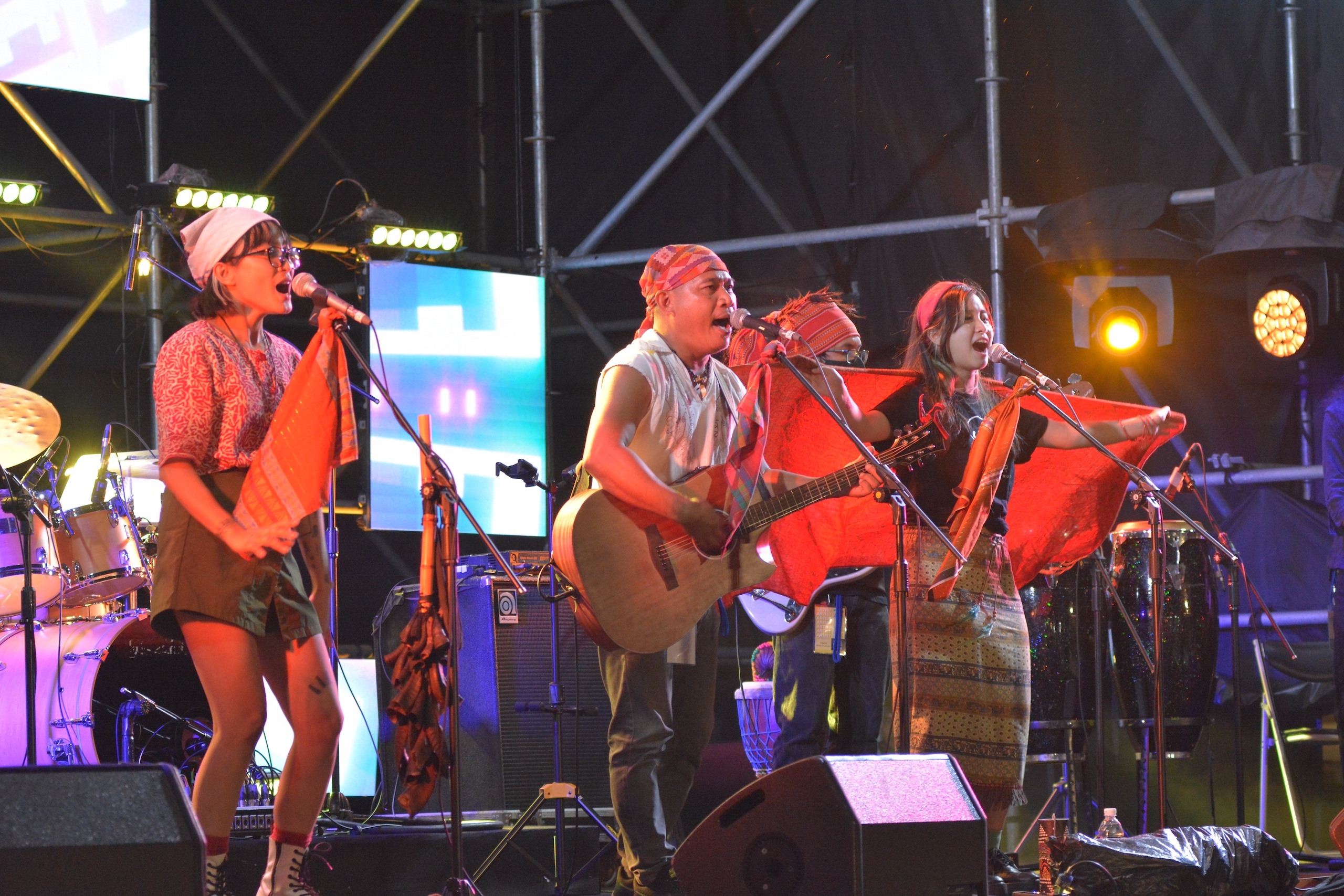
In the early 2000s, when Talahib People’s Music was just getting started as a band, radio stations in the Philippines were conflicted about how to categorize their sound. They introduced them in different ways, such as “ethno rock” or “ethno folk,” which offended Indigenous groups. From this experience, the band decided to choose its own genre of “People’s Music” to represent what they do.
Playing the People’s Music
The word ‘talahib’ means prickly wild grass that grows everywhere in the Philippines, also inspiring what the group represents – the daily struggles of the Filipino people. The band members are cultural community organizers who work with Indigenous and marginalized communities in the Philippines.
Boogs Villareal (percussions, vocals) said, “Talahib People’s Music represents people from all walks of life who live in struggle. The Indigenous people, the Filipinos who struggle with issues of poverty, basic human rights, and representation.” Their music always seeks to leave a mark on their audiences all over the world, hoping to inspire and somehow spur them into action, or at least initiate discussion.
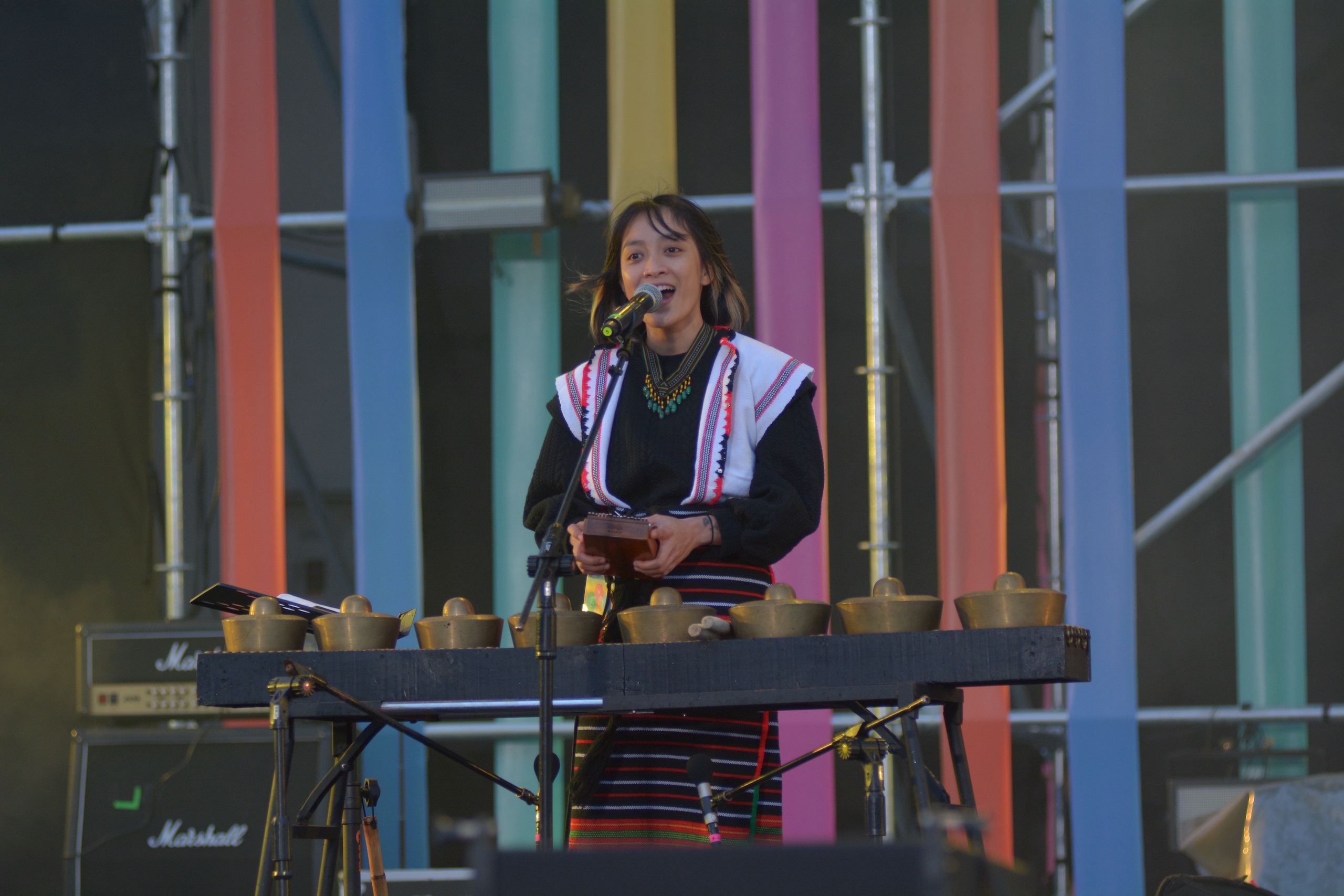
When it comes to their music-making process, it’s always a collective work for Talahib People’s Music. When someone has a new song, the group workshops ideas and arranges it together. This approach also complements each member’s varied influences – from reggae to rock to jazz and folk – to contribute to the final product.
The second and more unique part of the process for Talahib People’s Music is ensuring the songs are politically correct and not culturally appropriated. They directly consult with the tribes they work with when it comes to instruments, chants, and at times even clothing. As an example, Burn Belacho (lead guitar, boat lutes) shared, “With traditional instruments, there are some patterns or styles not permitted to be played. For traditional songs or chants, north and south instruments usually can’t go together, unless the song calls for a national scope.” This practice shows the level of care and respect that Talahib People’s Music employs in the work that they do, and for the communities they work with.
Connection to Taiwan
Having performed at three music festivals in Taiwan last year, Talahib People’s Music is grateful for the cultural exchanges they experienced. Belacho shared they were amazed when they saw the cultural similarities between Taiwan and the Philippines in person. “In the northern part of the Philippines, the instruments and textiles are very similar to Taiwan. At a souvenir shop we saw on the way to Taitung, the traditional music they were playing sounded like northern Philippines music. The souvenirs were also similar.”
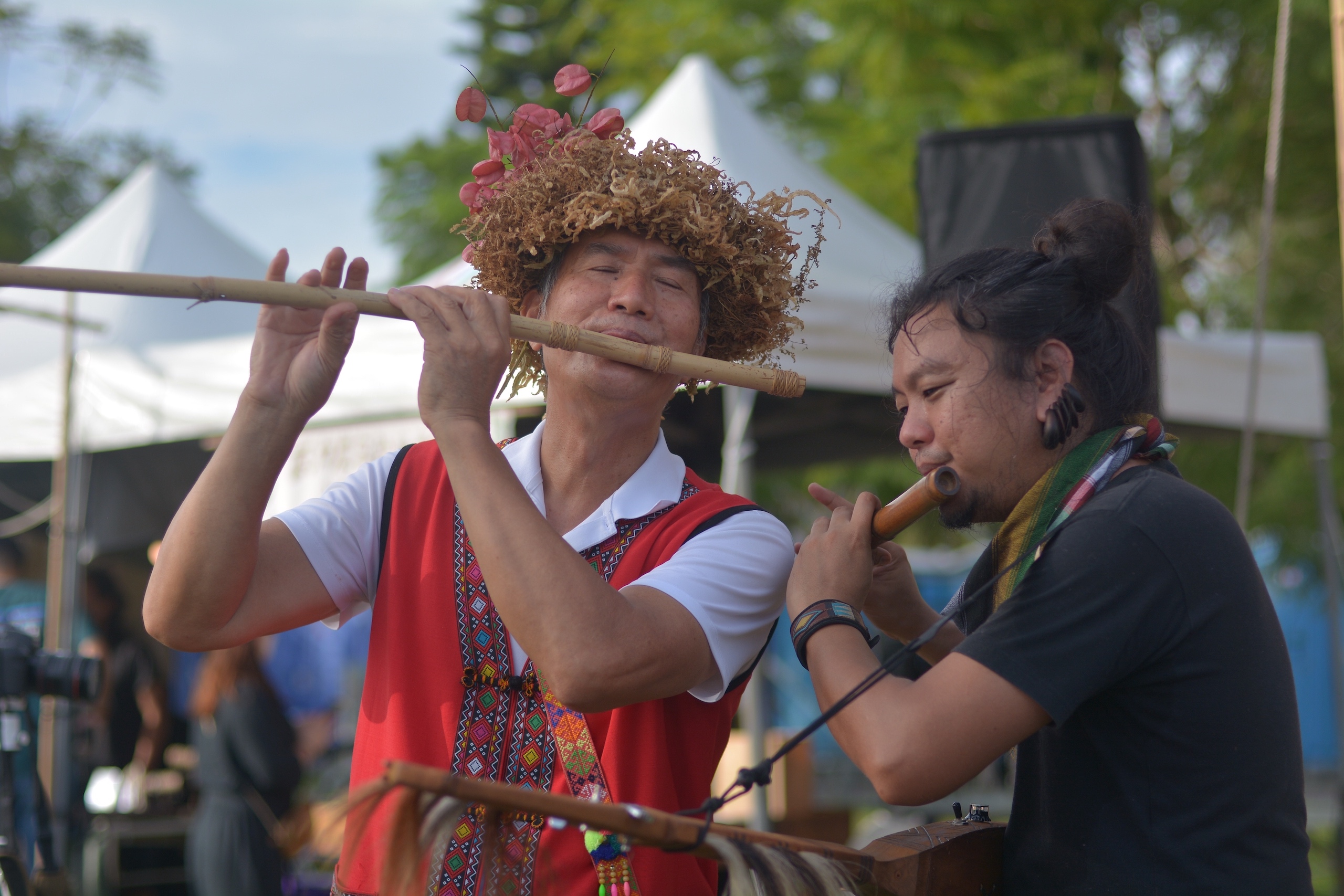
While the similarities are not surprising given the geographical proximity and shared Austronesian roots of the two regions, what amazed the band members more is how rich the culture is in Taiwan. “We also want this level of representation to happen in the Philippines,” says Villareal, “Not just for souvenirs, not just for photo ops.”
MIK (Migrants in Kaohsiung) -
Migrant Community Celebration in Taiwan
While their experiences in Taiwan have generally been great, meeting artists from different regions and getting to know Taiwanese culture, Talahib People’s Music’s members acknowledge that their experiences are very different from those of Filipino migrant workers.
Sharing a conversation they had with a migrant group, Villareal says, “Their struggle as workers is very evident. They are judged according to their color, according to how they speak.” Recognizing that the problems are also systemically-rooted, she added, “It's not easy for Filipinos, who are very family-oriented, to stay away from their families to work because of economic concerns. I really think that the struggles of migrant workers are rooted in where they are originally from. However, it continues in the place where they go to work. All these are things that they shouldn’t be experiencing anymore by this time.”
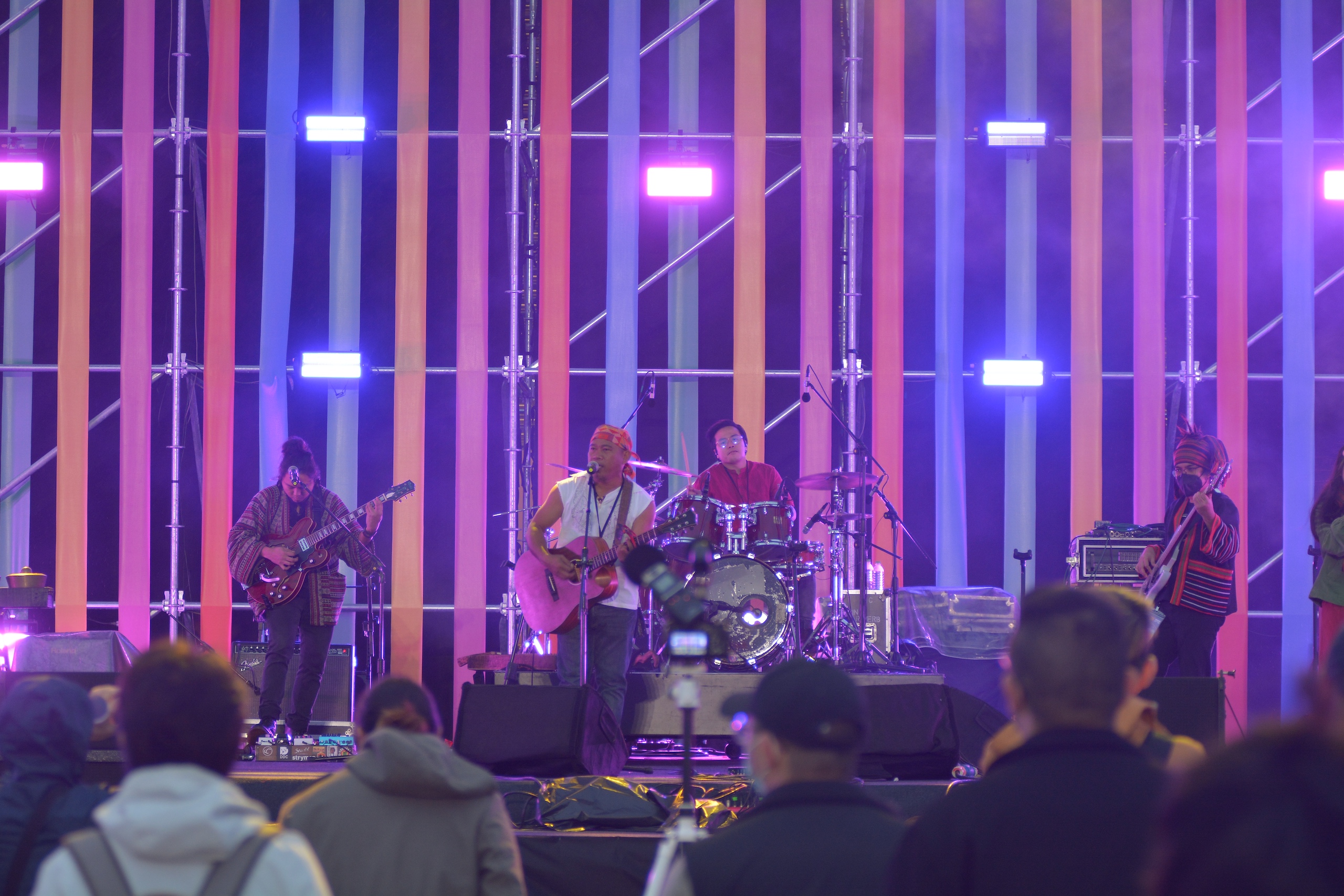
This is what makes Migrants in Kaohsiung such a landmark event in celebrating diversity and the importance of recognizing migrants. At the end of their performance, members of Talahib People’s Music went into the audience and led the crowd in a Filipino Indigenous community dance. While this is an activity they do at every performance, the band members were especially happy that the #MIKstyle audience – composed of people of different nationalities – joined in and danced to the music, despite the cold winter wave that hit Kaohsiung the same day.
To Villareal and the band, music is a powerful tool for bridging cultural gaps and building communities. She said, “Music transcends language. We’re very thankful that the songs that we are putting out here are appreciated by the people that we perform to, even if they don't speak our language. Because the fact that they stop and listen, it's already a step in changing the system that needs changing.”
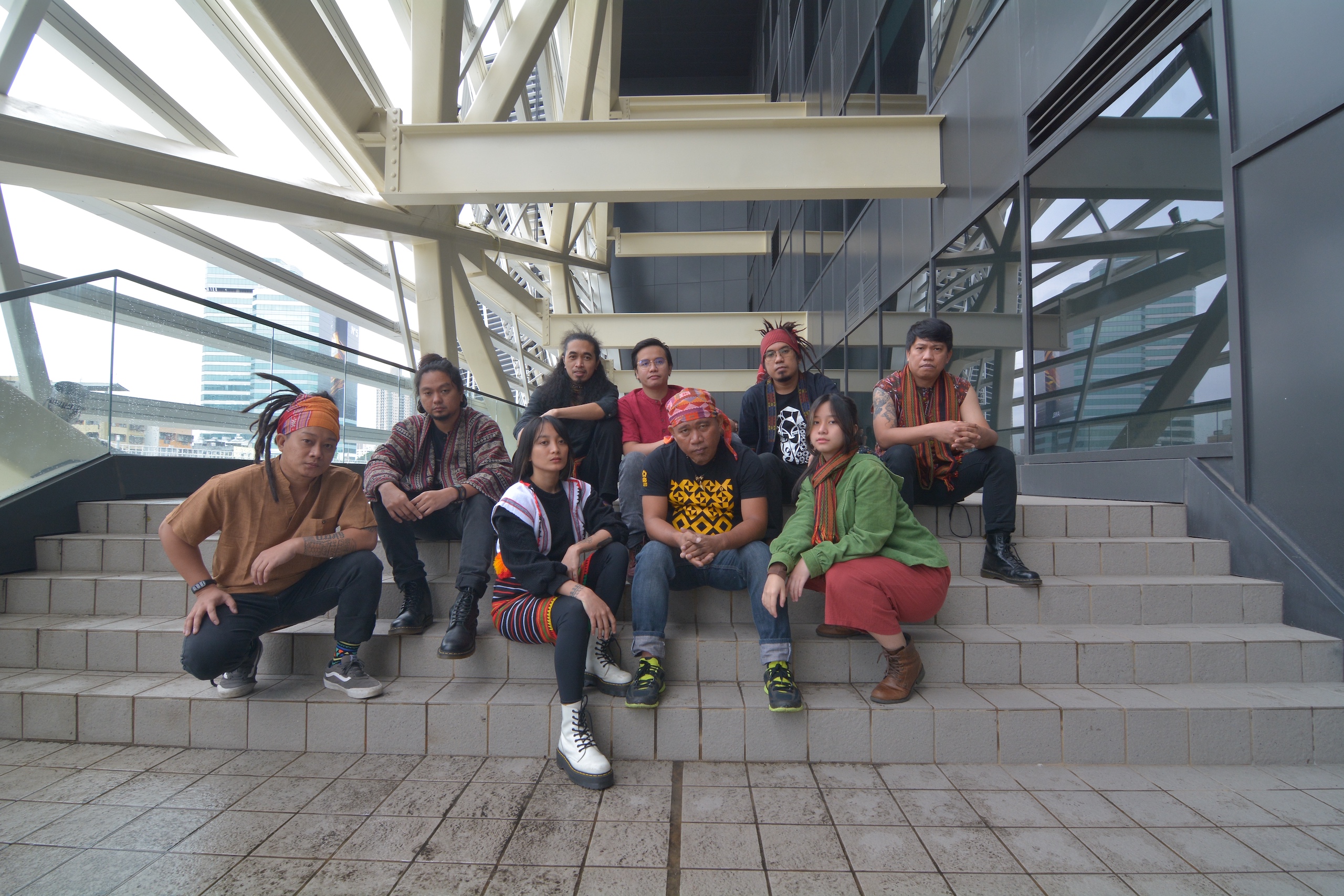
–
Talahib People’s Music is looking forward to returning to Taiwan this year, and collaborating with local artists. With their next album in the works as of writing, you can check out their music through:


























